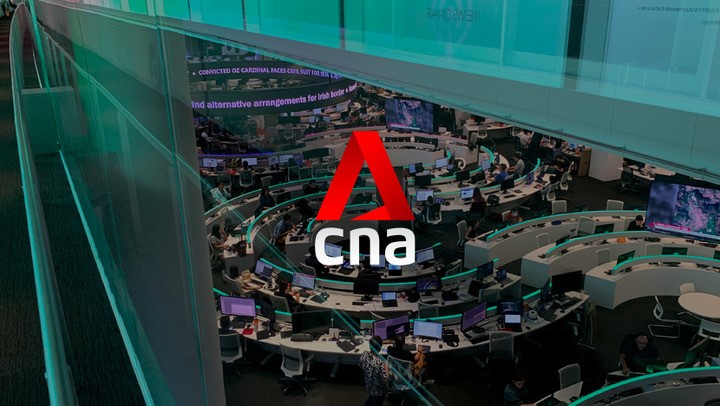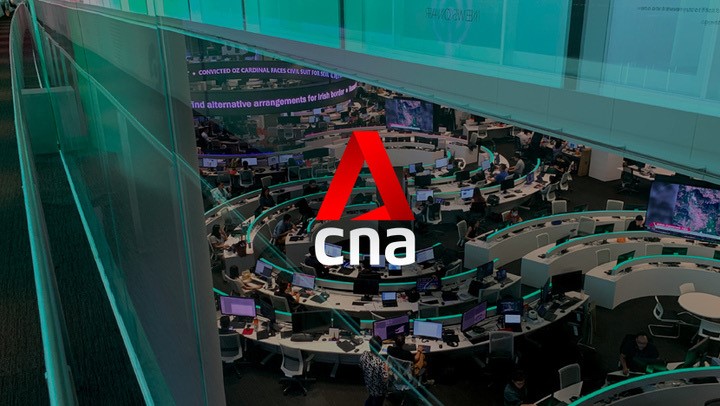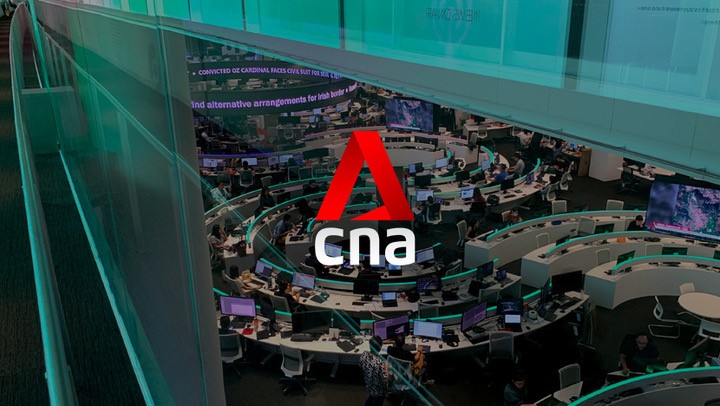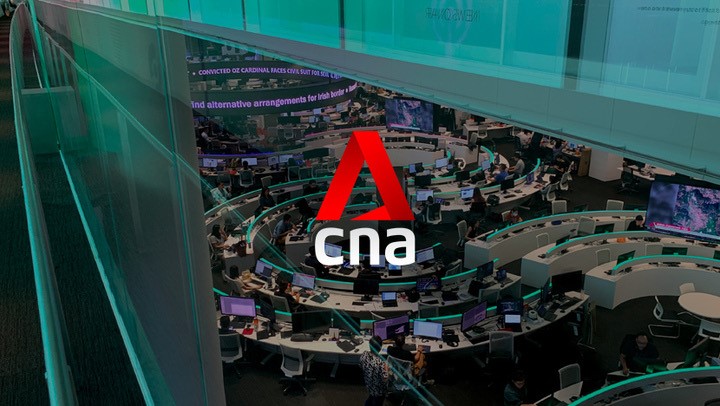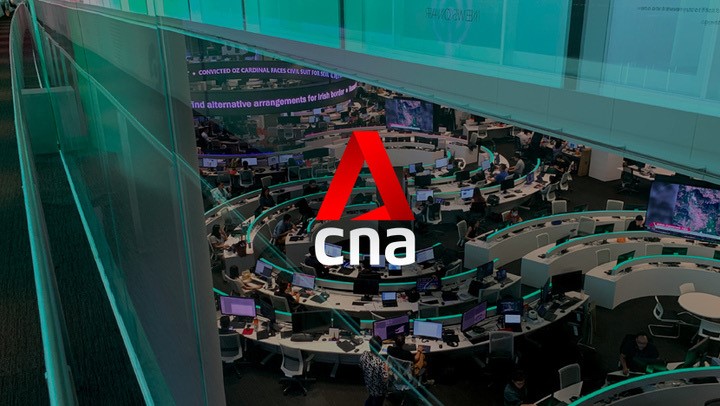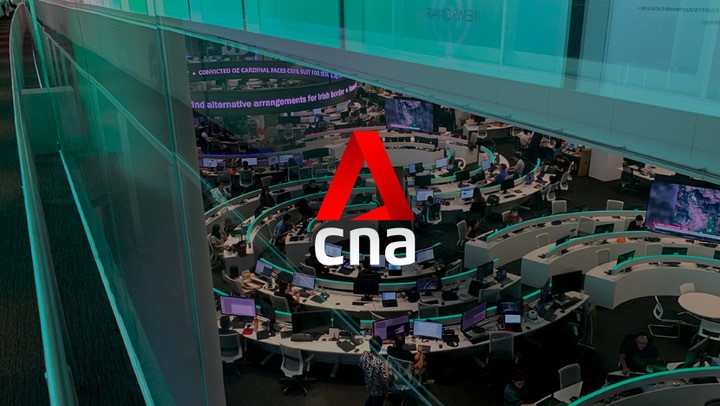Certificate of Entitlement (COE) premiums fell across the board at the close of November's first bidding exercise on Wednesday.
This is the second consecutive tender where COE prices have fallen in all categories.
The biggest drop in COE price - at 18.3 per cent - is for commercial vehicles. It ended at S$55,503.
Dealers have been rushing to clear old stock of Euro 4 vehicles before new regulations kick in next year.
In January, new diesel vehicles have to meet the more stringent Euro 5 emission standard.
Commercial vehicle traders have written in to the National Environment Agency about two weeks ago to appeal for a delay in the requirement for the Euro 5 emission standard. At this point in time, they are still waiting for the results of that appeal.
The COE price for small cars fell by 5.6 per cent to S$72,609.
For big cars, the premium went down by 3.8 per cent to S$84,578.
Weiye Wang, procurement manager at Supercars Concept, said: "Generally there is no new launch of exciting new models and coming to year end, people's expenditure patterns will be geared towards other consumer goods, especially when leveraging ability is severely curbed."
Car dealers also expect COE premiums to inch up again in the next few bidding exercises.
Mr Wang said: "There will be certain corrections. The probability of it going up definitely exists, because as the festive season goes over, the consumer will be looking at more pertinent needs of their mobility solution, and that is when the demand will go higher."
The open category COE price dipped about 3.6 per cent to close at S$89,001.
COE premium for motorcycles slid 5.2 per cent to S$1,710.
SOURCE
A slip across the board for the second consecutive time. What are the chances of a third slip in three biddings? Suddenly the 100k mark seems so far. The good thing is the commercial category slipping the most as they're the direct cause of inflation to business costs, which will be passed to consumers.






